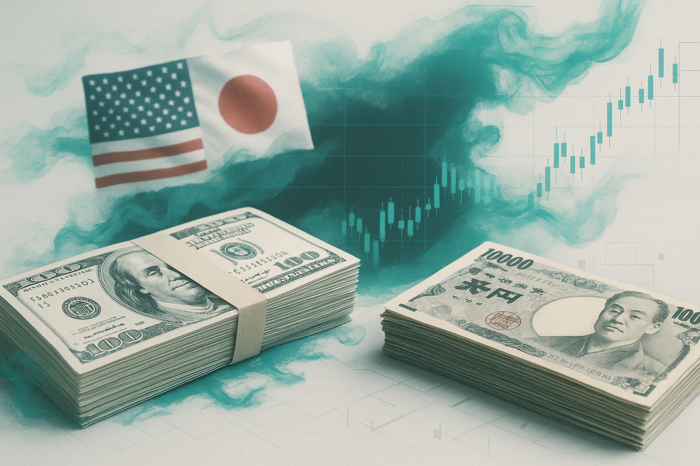The BoJ left interest rates at 0.5% on July 31, but raised its inflation forecasts, citing the effects of higher food prices. However, the BoJ also warned it needs to assess how trade developments will affect the economy, stating:
“It is therefore necessary to pay due attention to the impact of these developments on financial and foreign exchange markets and on Japan’s economic activity and prices.”
The US and Japan reached a trade agreement last month, lowering tariffs on Japanese goods to 15%, potentially boosting Japan’s trade terms and economy.
Despite the economic uncertainties, economists expect the BoJ to raise interest rates later this year. According to the recent Reuters Poll:
83% (60 of 72) of economists expect the BoJ to maintain interest rates in the third quarter.
However, 54% (39 of 72) forecast at least a 25-basis point rate hike in Q4, up from 48% in June.
USD/JPY Outlook: Economic Indicators and the BoJ
Bullish Yen Scenario: Positive Japanese data or hawkish BoJ policy signals could send USD/JPY toward the 50-day Exponential Moving Average (EMA).
Bearish Yen Scenario: Weaker Japanese data or dovish BoJ rhetoric may send the pair above the 200-day EMA, bringing the 149.358 resistance level into play.
US Services, Jobless Claims, and the Fed to Spotlight the US Dollar
In the US, key economic indicators and Fed commentary will fuel speculation about a rate cut. Key events include:
Factory Orders (August 4): Expected to fall 5.2% in June after surging 8.2% in May.
ISM Services PMI (August 5): Forecast to increase to 51.5 in July, up from 50.8 in June.
Initial Jobless Claims (August 7): Expected to rise from 218k (week ending July 25) to 220k (August 2).
A slump in factory orders, a weaker-than-expected ISM Services PMI, and a spike in jobless claims could fuel recession fears. Deteriorating labor market conditions and a slowing economy may lift bets on a September Fed rate cut, pressuring the US dollar.
On the other hand, a pickup in services sector activity and a drop in jobless claims could support a more hawkish Fed policy stance. Fading bets on a September Fed rate cut would bolster demand for the greenback.
Following last week’s inflation and labor market data, investors should also closely monitor Fed commentary.
Potential Price Scenarios:
Bullish US Dollar Scenario: Stronger US data or hawkish Fed chatter may send USD/JPY toward the 200-day EMA. A break above the 200-day EMA could enable the bulls to target the 149.358 resistance level and potentially last week’s high of 150.917.
Bearish US Dollar Scenario: Weaker US data or dovish Fed rhetoric could drag USD/JPY toward the 50-day EMA. A drop below the 50-day EMA may bring the 145 support level into play.
Short-term Forecast:
USD/JPY’s near-term outlook will hinge on key economic data and monetary policy signals. Expectations of monetary policy divergence could extend the pair’s losing streak into a third week.
USD/JPY Price Action
Daily Chart
On the daily chart, the USD/JPY trades above its 50-day Exponential Moving Average (EMA) but below the 200-day EMA. The EMAs indicate a bullish near-term but bearish longer-term bias.
A breakout above the 200-day EMA could pave the way to the 149.358 resistance level. A sustained move through 149.358 may enable the bulls to target the August 1 high of 150.917.
On the downside, a drop below the 50-day EMA would bring the crucial 145 support level into play. Increased selling pressure could open the door to May and June’s 142.5 support level.
The 14-day Relative Strength Index (RSI) sits at 50.80, indicating USD/JPY could climb to 150.917 before entering overbought territory (RSI > 70).


AloJapan.com